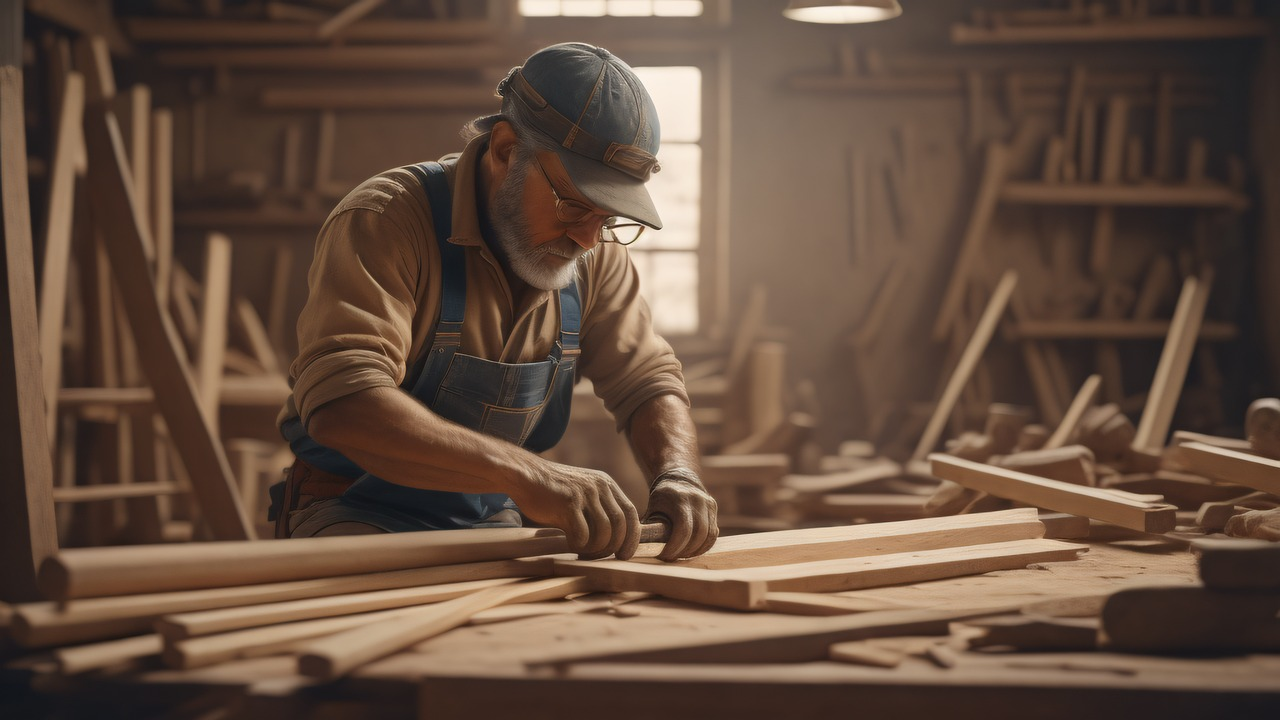The Evolution of Furniture Making: From Traditional Crafts to Automated Customization
In the ever-changing world of furniture making, the process has come a long way from the traditional craftsmanship to the automated whole-house custom furniture production we see today. Over the years, advancements in technology have revolutionized the way furniture is designed, manufactured, and customized. In this blog, we will delve into the evolution process, processing technology, and equipment used in transforming the furniture industry.
Paragraph 1: Traditional Handmade Furniture and Its Techniques
Before the advent of modern machinery, furniture making was an artisanal craft. Skilled craftsmen meticulously handcrafted each piece, paying attention to every detail. The table saw and edge banding machine were essential tools in shaping and smoothing the wooden surfaces. The table saw, driven by human force, allowed for precision cutting and shaping of the wood, while the edge banding machine helped conceal the exposed edges to give a polished look. The craftsmanship of these manual tools, along with the expertise of the artisans, resulted in timeless pieces of furniture that have stood the test of time.
Paragraph 2: The Rise of Automation: CNC Router Machines and Production Lines
As the demand for furniture increased, manufacturers sought ways to improve productivity while maintaining quality standards. Enter the CNC router machine and the concept of the production line. CNC router machines, controlled by computer programs, brought automation to the process of cutting, carving, and shaping wooden parts. With pinpoint accuracy and repeatability, these machines eliminated human error and increased productivity.
Moreover, the introduction of production lines streamlined the manufacturing process. It enabled different teams to work simultaneously, each focusing on a specific part of the furniture. The use of production lines allowed for faster assembly, reduced production time, and ultimately lower costs. This marked a turning point in the history of furniture making, as mass production became a feasible and profitable solution for manufacturers.
Paragraph 3: Customization and the Role of Laminating Machines
With the evolution of furniture production, customization became a key player. Customers wanted furniture that fit their unique needs and personal style. This led to the development of laminating machines, which allowed for the application of various finishes and materials to enhance the aesthetics of the furniture. Laminating machines made it possible to add decorative layers, such as veneers, laminates, and even fabric, to achieve personalized designs.
The combination of CNC router machines, production lines, and laminating machines facilitated the rise of whole-house custom furniture. Manufacturers were now able to offer a wide range of options to customers, allowing them to choose from different styles, colors, and finishes. This level of customization not only met the demands of the market but also set a new standard for the furniture industry.
Conclusion:
From the meticulous craftsmanship of handmade furniture to the automated production lines of today, the evolution of furniture making has been driven by advancements in technology and changing consumer preferences. The introduction of tools like the table saw, edge banding machine, CNC router machine, and laminating machine has greatly transformed the industry. While the transition from manual to automated processes has led to increased efficiency and customization, it is important to appreciate the artistry and expertise of the craftsmen who paved the way for the furniture we enjoy today.













